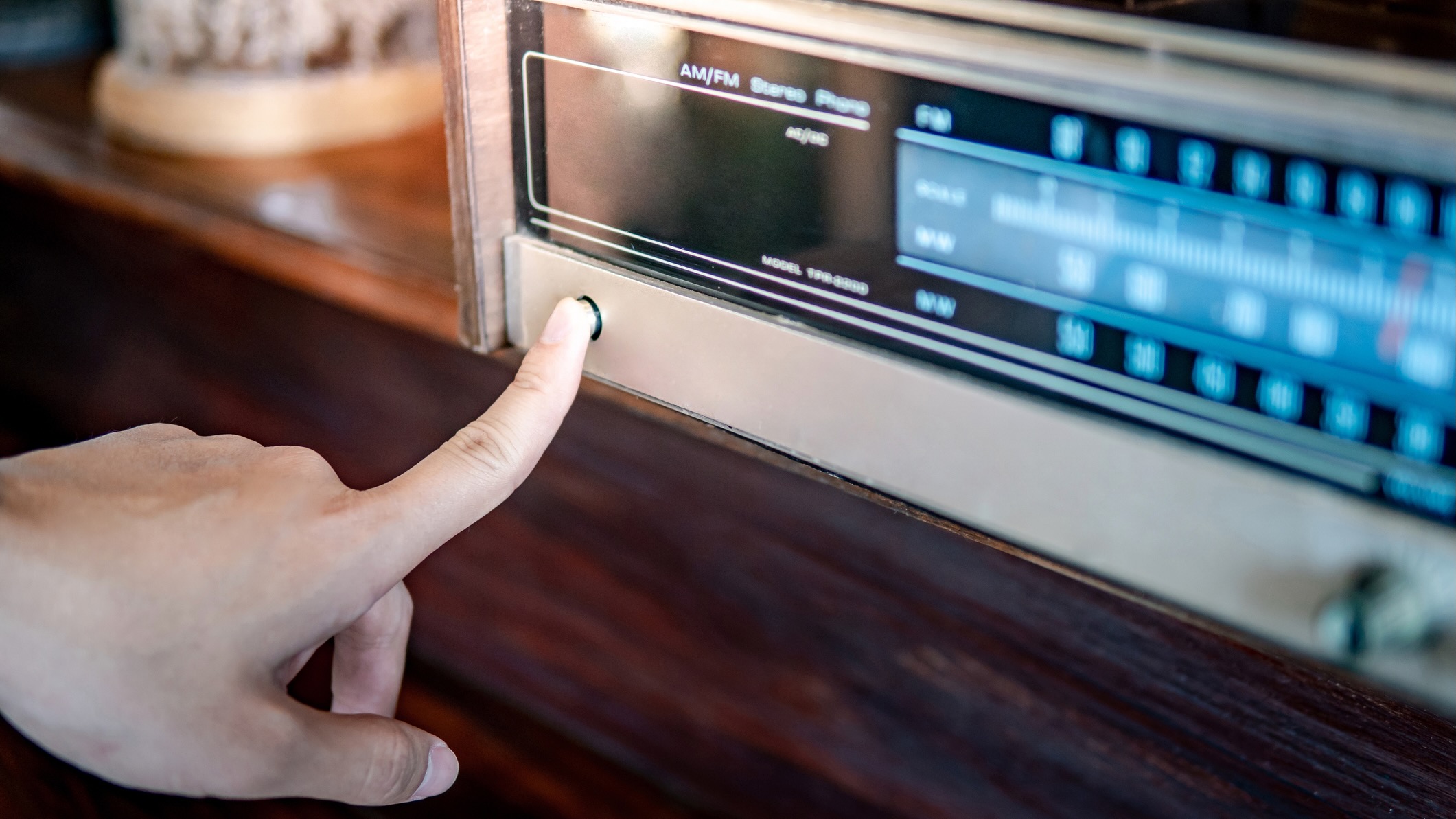CPB will seek operator to develop American Archive; director leaves project
Having lost its digital projects fund last year, CPB lacks the money to develop the American Archive much further, according to Mark Erstling, senior v.p. The next step is to find an outside institution to adopt and support creation of the proposed archive of public stations’ historic audio, video and films.

More than 100 pubcasting groups have archived 1.4 million items for the American Archive so far, but plans to digitize many of them for preservation were dropped when Congress cut CPB funding last year. (Adapted from inventory project graphics.)
That helps explain why professional archivist Matthew White left CPB Jan. 13 after two years as executive director. “It was very clear to him that things were going to change significantly,” Erstling says, and White accepted an offer to lead a “significant” archiving project abroad.
White could not be reached for comment. CPB declined Current‘s multiple requests for interviews with White over the previous two years.
“I think he was doing a great job,” says John Lawson, former president of the Association of Public Television Stations, who adopted the American Archive idea as a funding objective about five years ago. But there were other factors affecting the archive project at CPB. “When the funding got zeroed out,” Lawson says. “that was a huge factor.”
The archive project digitized 2,400 hours of content in a pilot project, and CPB planned to have 40,000 hours digitized as a start on the archive. CPB selected a firm to do the work but changed plans before awarding the contract last year.
However, CPB could give a future operator of the archive an extensive inventory of historic audio and video items created by stations around the country.
Some 114 stations are inventorying old reels and cassettes, according to Courtney Michael, project manager for the inventory at Boston’s WGBH. Workers have turned up 1.4 million items so far, and she expects that they will create metadata for 2.3 million.
Most of the material that stations have found for the archive is still in analog form, she says. Included are such pieces as a 16mm program featuring the young Woody Allen, oral histories of Aleutian elders and an old audio tape of historian Howard Zinn interviewing Mississippi voting rights activists in 1964.
Erstling and John Lawson nurtured the archive idea as a legislative proposal when they were v.p. and president, respectively, at the Association of Public Television Stations.
Aspects of the proposal appeared to be Congress-friendly, including the point that this material had already been paid for, in part with public funds, but was now relatively inaccessible to the public. CPB contracted with Oregon Public Broadcasting to create a prototype that could be shown on Capitol Hill.
Congress not only failed to take the bait from APTS and CPB, but chopped $30 million out of last fiscal year’s $36 million “digital” supplemental appropriation to CPB, and no digital funds were appropriated for this fiscal year.
 “The world has changed over the last number of years,” Erstling comments. “We’re dealing with a different reality in the federal budget and what government’s willing and able to do.” Thousands of jobs have been lost in public broadcasting since 2008, he adds. “The industry is pivoting.”
“The world has changed over the last number of years,” Erstling comments. “We’re dealing with a different reality in the federal budget and what government’s willing and able to do.” Thousands of jobs have been lost in public broadcasting since 2008, he adds. “The industry is pivoting.”
An advisory panel of station reps told CPB it should spend the remaining money on projects that would improve station services over the long term, according to Erstling.
“The whole American Archive effort has been a huge disappointment,” says Nan Rubin, who led an archive planning project at New York’s WNET. “A year ago, CPB promoted it as one of its flagship projects, but since then it’s been practically invisible. Now it looks like the project will be unloaded somewhere with no direct ties to public broadcasting…”
While CPB couldn’t go ahead with plans to digitize the initial 40,000 hours of programming for the archive, Erstling says, it’s proud to have set up the project.
“Our plan all along,” Erstling says, “was to start up the archive, begin that work, and find a permanent home for it — a home we’re confident will be there 100 years from now.”
EARLIER STORIES
Washington University gets $550,000 grant to preserve Eyes on the Prize, 2011
CPB set to announce Matt White as first executive director of American Archive, 2010.
Project unearths surprises at WQED, December 2009
American Archive pilot stations chosen, June 2009
Oregon net will build prototype of proposed American Archive, April 2009.
Pubcasters tried unsuccessfully for a $550 million “stimulus package” from the Obama administration, including funds for American Archive, 2009.
CPB begins planning American Archive, October 2008.
Everything old can be new again: a commentary on the American Archive proposal by Nan Rubin, 2007.
APTS President John Lawson reveals early discussions about the American Archive proposal, 2007.
A sinner knows the value of the archives she tossed, by preservation advocate Sharon Blair, 2002.
WHAT IS CPB’S ROLE?
The inventory project gives this answer in its FAQ document:
“In keeping with Congressional report language and in consultation with the public broadcasting system, the Corporation for Public Broadcasting (CPB) is spending a portion of the digital conversion funds to create an American Archive. The purpose of this archive is to preserve and manage the audio/moving image assets of public media. The American Archive Initiative is developing a solid understanding of the systematized processes needed to identify, collect, code, digitize, and in some cases restore, public media’s at-risk collections of archival audio and video content.”
RELATED LINKS
American Archive Inventory Project
at WGBH, Boston.
List of stations and other organizations participating in the inventory.
Inventory project’s glossary of terms.







